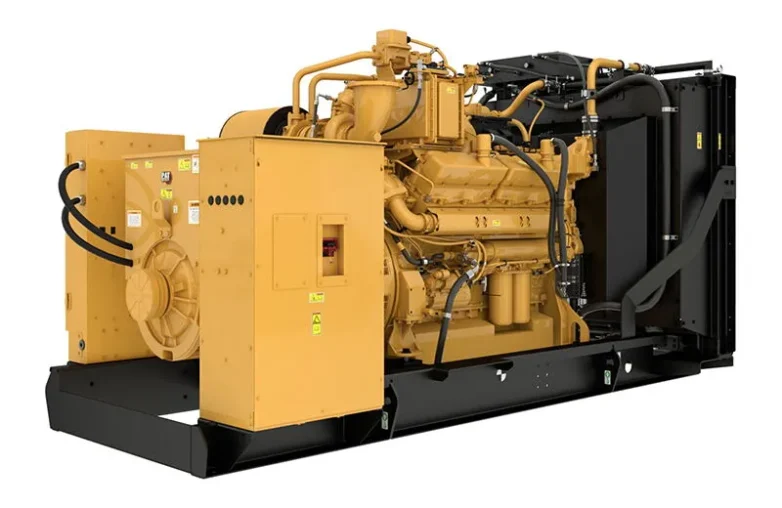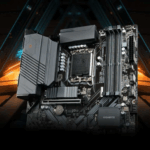Gas generator sets are widely used in industrial and commercial environments as either backup or primary power sources. They provide efficient, reliable, and environmentally friendlier energy by converting the chemical energy of gases like natural gas, LPG, or biogas into mechanical, then electrical energy. Thanks to ongoing technology development, gas generators now serve a wider range of industries with enhanced efficiency and adaptability.
Working Principle of Gas Generator Sets
Gas generator sets consist of a gas engine, generator, cooling system, gas supply system, and control and protection systems. Their operation follows these steps:
-
Gas Supply:
Fuel (natural gas, LPG, or biogas) is fed into the generator, with pressure stabilized to ensure optimal combustion. -
Combustion Process:
The fuel-air mixture combusts inside the chamber, generating high-temperature, high-pressure gases that drive either pistons (in an ICE) or turbines. -
Mechanical to Electrical Conversion:
The mechanical energy from pistons or turbine rotation is converted into electrical energy by the generator. -
Cooling and Emission Management:
A cooling system maintains safe operating temperatures, while exhaust gases are managed through the exhaust system to reduce environmental impact. -
Control and Protection:
A monitoring system regulates voltage, frequency, and fuel input, ensuring stable, safe operation.
Types of Gas Generator Sets
Gas generator sets are mainly classified into two categories:
1. Gas Internal Combustion Engines (ICE)
-
Working Principle: Combust fuel-air mixtures inside a combustion chamber to drive pistons.
-
Types: Spark Ignition (SI) and Compression Ignition (CI).
-
Typical Applications: Backup power, emergency systems, and medium-to-small-scale power generation.
Key Characteristics:
-
High Efficiency: 30–45% efficiency range.
-
Quick Start: Suitable for fluctuating loads.
-
Versatile Fuels: Natural gas, LPG, biogas.
-
Maintenance: Frequent oil/filter changes; sensitive to fuel impurities.
-
Environmental Impact: Lower emissions than diesel, but NOx and HC control required.
2. Gas Turbines
-
Working Principle: Directly convert the thermal energy of combusted gases into rotational energy to drive generators.
-
Typical Applications: Large-scale, continuous power plants.
Key Characteristics:
-
Combined Cycle Efficiency: Over 50% when waste heat is recovered via steam turbines.
-
High Fuel Flexibility: Operates with low-quality fuels.
-
High Power Density: Compact size with large power output.
-
Startup Time: Longer; less ideal for frequent cycling.
-
Maintenance: Demanding but economical over a long lifespan.
-
Environmental Performance: Lower emissions when integrated with combined cycle systems.
Comparative Overview: Gas ICE vs. Gas Turbine
| Feature | Gas ICE | Gas Turbine |
|---|---|---|
| Efficiency | 30–45%, no waste heat recovery | 30–35% simple; >50% combined cycle |
| Startup Time | Quick | Slow (requires preheating) |
| Fuel Flexibility | High-quality gas preferred | Tolerates low-grade fuels |
| Maintenance Frequency | Regular and frequent | Periodic but complex |
| Application Focus | Backup/emergency/small scale | Continuous operation/large scale |
| Environmental Impact | Lower emissions, needs aftertreatment | Lower emissions, combined cycle reduces pollutants |
Conclusion
Gas generator sets play an essential role in ensuring energy reliability across industries.
-
Gas ICEs are best suited for flexible, rapidly responding applications like backup power.
-
Gas turbines excel in large-scale, continuous operations, especially when maximizing efficiency through combined cycle setups.
Selecting between gas ICEs and gas turbines depends on your project’s load demands, operational patterns, fuel availability, and environmental considerations.





